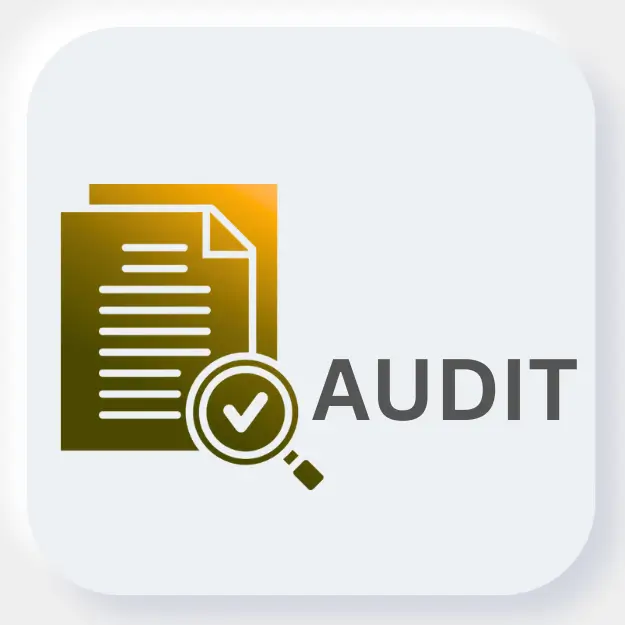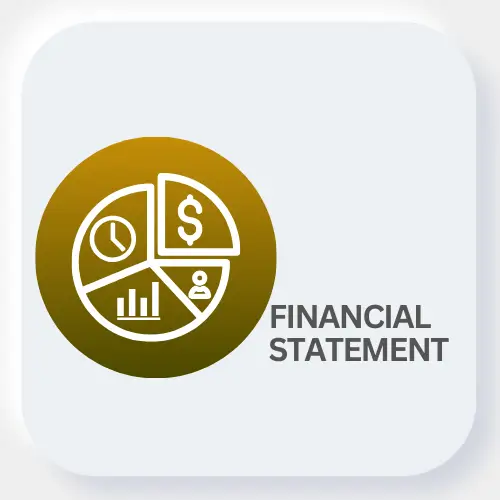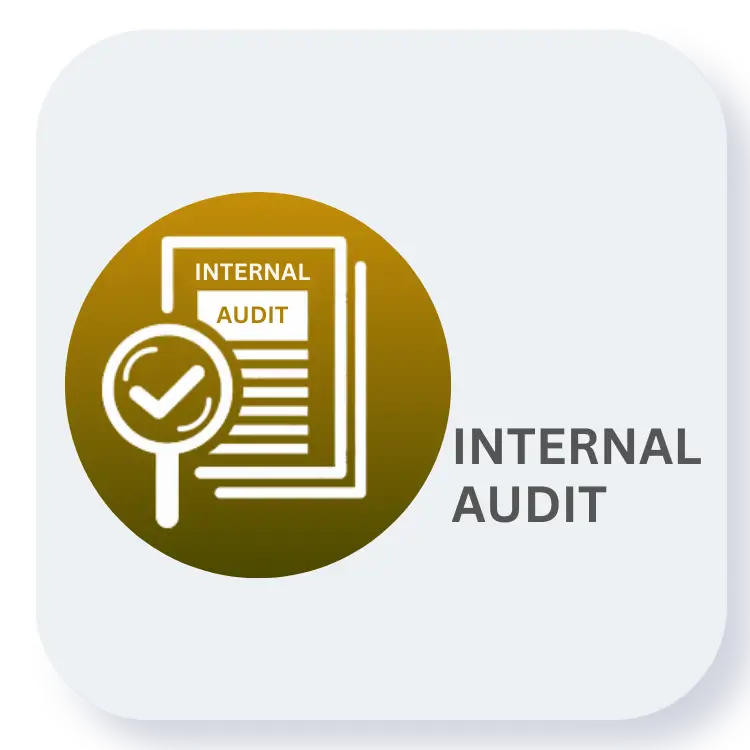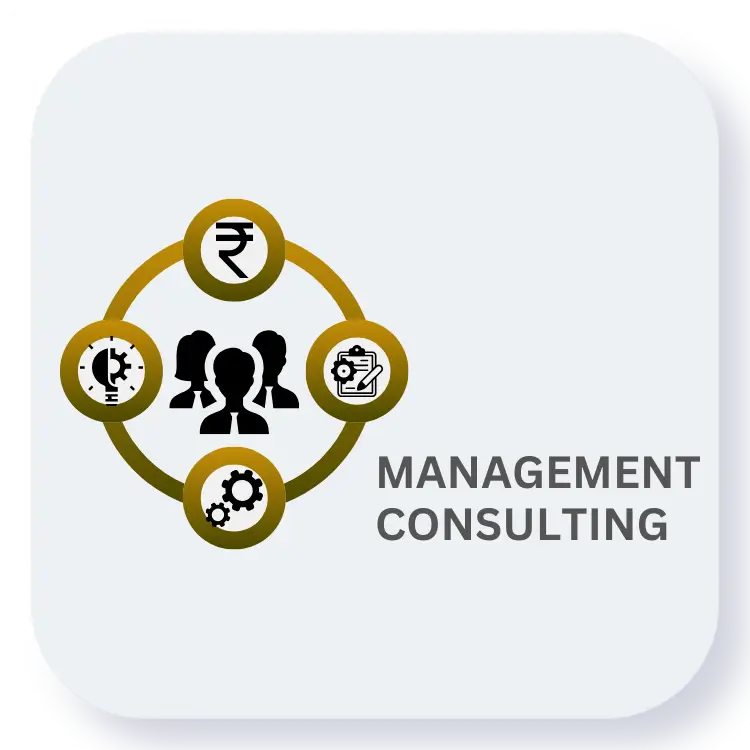Introduction
Most auditors remember their first internal audit-not because it went well, but because it didn’t.
The checklist felt useless. SOPs didn’t match what was happening on ground. And the finance manager gave
a perfectly confident answer to every process question:
“We usually just do it this way.”
That’s when it hits you-knowing how to do internal audit has very little to do with fancy
templates or
buzzwords.
If you're a fresher, finance professional, then you must read this blog as this is not a regular
theoretical blog, but insights about the practical world of internal audit.
This is what internal
audit actually looks like in practice-messy, layered, but incredibly valuable when
done right.
Why Internal Audits Actually Matter (Even When No One’s Watching)
Let’s be honest. Most people think internal audit is just a compliance tick-mark. But the truth?
It’s the only real x-ray of what’s actually happening inside a business.
In small companies-especially startups-one person might handle bank payments, onboard vendors, and book
expenses. It seems efficient... until something breaks.
An internal audit is your safety net. Not just for fraud, but for inefficiency, weak controls, and small
mistakes that quietly pile up. It’s how you keep a growing business honest, clean, and functional.
How to Do Internal Audit: Step-by-Step, No Buzzwords
Here’s a breakdown that skips the textbook fluff and focuses on what actually works on ground.
1. Start With Clarity-Not a Laundry List
Before you even open Excel
or start typing observations, stop and ask:
“What exactly are we trying to audit?”
Are you looking into vendor payments? Inventory checks? Expense approvals?
Trying to cover too much leads to scattered work. Choose a clear, focused scope. Especially in
risk-based internal audits, go after money flow, judgment areas (like pricing), and zones with
sensitive access.
Audit
where it hurts. Not where it’s easy.
2. Don’t Trust the SOP - Trust the People
Yes, SOPs and flowcharts are useful. But if you think they show you how things are really done,
you’re in for a surprise.
The best auditors walk around, talk to people, and ask questions like:
- “What happens when there’s an urgent payment and the manager’s on leave?”
- “Where do you actually save the approvals?”
- “Who takes over if someone from the team quits?”
Because that’s where the real audit gaps live — in workarounds, not workflows.
3. Identify Risks - But Don’t Rush It
Let’s say you’re auditing vendor payments. Ask yourself:
- Who adds new vendors into the system?
- Can someone create a fake vendor and make payments?
- Is the vendor master ever reviewed?
Real audit insights start here — not in documentation, but in understanding
where
someone could mess
up (intentionally or accidentally).
This is what shapes your internal audit checklist — not some internet template.
4. Test Controls - But Test Smart
You don’t have to test every invoice or every transaction. You need to test the right ones.
If there’s a pattern of credit notes above ₹50,000, start there. If approvals came through
WhatsApp
for urgent payments, check those.
Internal audit isn’t about volume — it’s about patterns. Test where manual overrides, emotional
decisions, or gray zones exist.
And always, always document your sampling logic. You’ll thank yourself when someone pushes back
on
your findings later.
5. Write Reports People Actually Read
Here’s a hard truth: even the most solid audit fails if the report is boring or jargon-filled.
Your report should talk like a person:
- Executive Summary: No fluff, just outcomes.
- Major Findings: Group your findings on the basis of risk (high, medium,
low).
- Recommendations: Recommendations should be clear, and it should also list
down
the actionable steps.
- Management Comments: Internal audit report is incomplete without the
management’s comments. So always try to include them.
Avoid robotic phrases like “control deviation observed in exception handling.”
Instead, write:
“In 3 of 12 urgent payments, approvals were bypassed.”
That’s language people understand — and act on.
Real Case: What Internal Audit Looks Like in a Fast-Scaling Company
A retail company scaled to 20 stores in two years. Revenue was booming. But no one looked at backend
processes.
One audit revealed:
- No price comparison for vendor orders
- 78% of all orders going to a single vendor
- No approval matrix for purchase orders
Basic stuff. But it saved them ₹18 lakhs in three months.
That’s the kind of silent win an internal audit can create.
Mistakes Auditors Should Avoid
Here’s a shortlist of mistakes we’ve all seen (or made):
- Using someone else’s checklist without adjusting it for the business
- Asking only yes/no questions in interviews
- Assuming "last year’s audit" doesn’t matter
- Ignoring informal approvals on Slack, WhatsApp, or email
- Submitting a report without page numbers (yes, it happens!)
Audit work is half investigation, half storytelling. Don't make it lazy.
The Real Internal Audit Checklist (Not the One You Download)
Before you close that file and call it a wrap, ask:
- Did I understand how work actually happens here?
- Did I go deep into the riskiest areas?
- Are my workpapers clean enough for someone else to pick up and review?
- Will this report drive real corrective action?
If yes — congrats. You did the job right.
Real Answers to Common Questions About Internal Audit
Q: What are the steps to conduct an internal audit?
- Define scope
- Walk through real processes
- Identify risks
- Test controls
- Document evidence
- Issue report
- Follow up
Q: How to perform a risk-based internal audit?
Zoom in on areas with financial exposure — cash handling, pricing, vendor onboarding. Prioritize
time and testing accordingly.
Q: What documents are needed for internal audit?
Invoices, contracts, approval trails, ERP logs, SOPs — and don’t ignore informal approvals via
chat/email.
Q: What skills does a good internal
auditor need?
There isn’t a rulebook, but there are certain traits that will help you excel in the domain of
internal audit. Skills like curiosity, attention to detail, people skills, critical thinking are the
skills which will help you do your job as an internal auditor. Although, these skills are rewarded
in pretty much every field, but they are a necessity in internal audit.
One hard skill that’s also rewarded is: Report writing skill. This skill will leave a lasting
impression on your client. The more detailed, comprehensive and solution oriented the report is, the
better it is.
Q: Can freshers learn how to do internal audit?
Absolutely. In fact, it’s one of the best ways to learn how a business actually runs.
Q: What are internal audit best practices?
- Build trust with process owners
- Observe work, don’t just review docs
- Focus on business risks
- Keep your documentation clean
- When talking to client speak in plain, actionable language
Q: For how long does an internal audit assignment last?
It varies a lot and depends largely on scope of work and the size of the organisation. If it’s a
small scope assignment, then 5-7 working days are enough.
But if we’re talking about internal audit assignment of full-company, then it can take months.
Usually between 3-4 months if it’s a huge organisation. Listed companies usually have their internal
audit assignments going on throughout the year.
Final Thoughts: How to Do Internal Audit Like It Actually Matters
Anyone can follow a checklist. Anyone can copy-paste last year’s template.
But you? You’re here because you want to do this work the right way.
Real internal audit isn’t about being a compliance cop.
It’s about understanding the business. Spotting what others miss. And helping teams fix issues before
they blow up.
So the next time you’re given an internal audit assignment, walk in with this mindset:
"I'm not here to simply check boxes. I'm here to ask questions no one else is asking. I am here to help
the company make better processes and systems so that there can be standardisation.”
That’s how to do internal audit — and do it well.













































